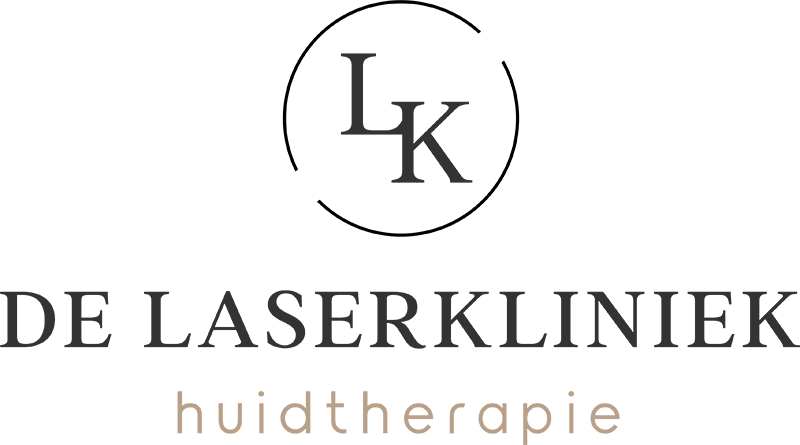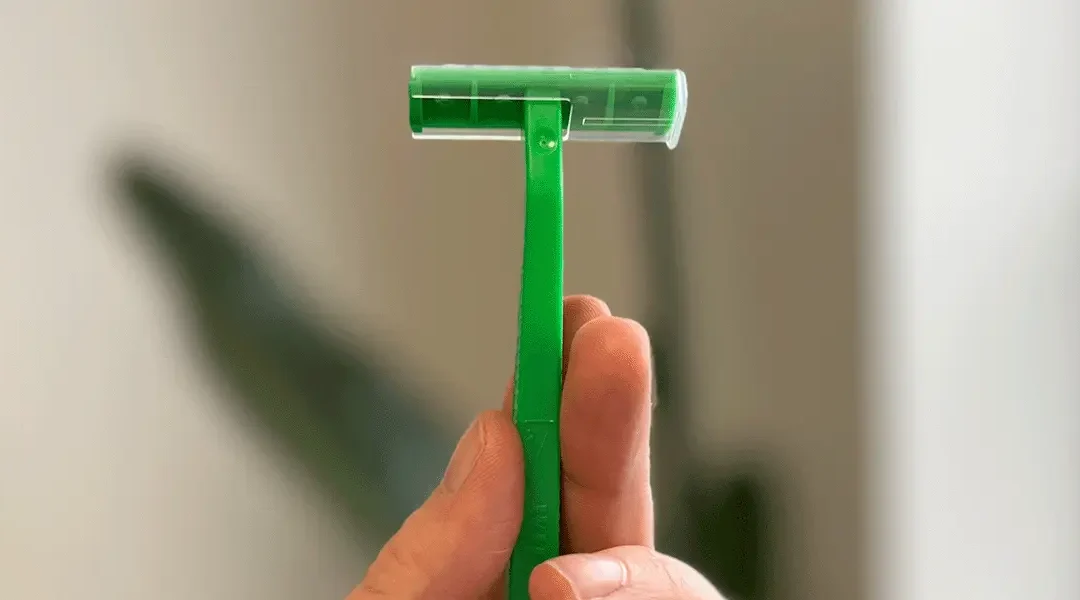When it comes to hair removal, there are countless options available. Thus, laser hair removal is the favorite, and shaving is the most familiar way. There is a worldwide myth that shaving gives you more hair growth, and that the hair then grows back thicker and faster. In some cultures, they even shave the head hair of babies and children for this reason.
Within skin therapy, this is primarily an issue of women who suffer from excessive facial hair and, in preparation for laser hair removal, need to shave away the hair a day in advance. They worry: won’t my hair actually grow more? No, that is! Time to uncover the truth, because what’s the real deal with shaving and hair growth?
No, you don’t get more hair growth from shaving
If you shave away the hair at the top of the skin, it does NOT affect the hair roots. These hair roots are much deeper in the skin and are not affected by shaving at the top.
What can happen is that it looks like the hairs are thicker. This is because hair normally grows in a tip. This tip is soft. When you shave the hair, you actually cut it off at the thickest part of the hair. This makes you feel a stubble, and the hair appears thicker. Fortunately, deep in the skin, nothing has changed about the hair root. When this happens with laser hair removal, it is actually very beneficial. The laser “sees” the hair extra well, can therefore get deep enough into the hair root, and destroys the hair with the hair root. That way, no hair will grow back.
Science also supports the idea that shaving hair does not affect the amount or rate of hair growth. This is because it is determined by genetics, hormones and other internal factors that are not affected by shaving the hair.
For example, a 1970 study published in the journal “Plastic and Reconstructive Surgery” already showed that shaving hair did not affect the amount or rate of hair growth. So the myth is very persistent. Like some hair growth 😉
Shaving does have ínfluence on your skin
Unfortunately, shaving can cause skin irritation, such as red bumps or ingrown hairs. The hard stubble can damage the skin. Therefore, this is the most frequently mentioned reason, why men and women come to The Laser Clinic for laser hair removal. Shaving is a thing!
In fact, right now there is a bizarre trend on social media and at beauty salons. It’s called dermaplaning. A small blade removes dead skin cells and downy hairs so that products are better absorbed by the skin and skin texture will improve.
Fortunately, this does not affect hair growth in depth, but as skin therapists we are very wary of downy hairs and think this is a questionable trend! First, because these tiny hairs are barely visible and in 99% of cases it is unnecessary to remove them. Second, after just one day, you’re probably already stuck with stubble and maybe even shaving irritation. And third, if dermaplaning is a reason for improving skin texture and reducing fine lines and wrinkles, there are much better methods for this such as microneedling, the Tixel and fractional laser therapy as with our LaseMD. These treatments go deep enough. And because of the collagen stimulation of these methods, you’re also going for long term sustainable visible results. And none of this affects hair growth or shaving irritation.
Are you completely done shaving?
That you are completely done with shaving, we understand that! For this reason, The Laser Clinic has chosen the best laser namely the Clarity2 laser with a double wavelength: Alexandrite and the Nd:YAG. These types of lasers are extremely safe, powerful and suitable for any skin type and hair growth. By starting laser hair removal, you will notice a difference after just one treatment. You only need to come once every 5-10 weeks and it will give you smooth and even skin without shaving irritations and visible stubble!
Wondering how laser hair removal is going to make your life easier? Then book a free consultation with the skin therapist now and throw those razor blades in the trash.
Written by skin therapists Manon & Lori
Sources: Van Neste, D., & Tobin, D. J. (2004). Hair cycle and hair pigmentation: dynamic interactions and changes associated with aging. Micron, 35(3), 193-200. (https://www.sciencedirect.com/science/article/pii/S0968432803002021)
Messenger, A. G., & Rundegren, J. (2004). Minoxidil: mechanisms of action on hair growth. British Journal of Dermatology, 150(2), 186-194.(https://onlinelibrary.wiley.com/doi/full/10.1111/j.1365-2133.2004.05785.x)
Kligman, A. M. (1970). The human hair cycle. Journal of Investigative Dermatology, 54(1), 65-81.(https://www.sciencedirect.com/science/article/pii/S0022202X15497617)
Draelos, Z. D. (2005). Hair care: an illustrated dermatologic handbook. London: Taylor & Francis.
Mayo Clinic. (2021). Hair removal: how to shave.(https://www.mayoclinic.org/healthy-lifestyle/adult-health/in-depth/hair-removal/art-20051634).


